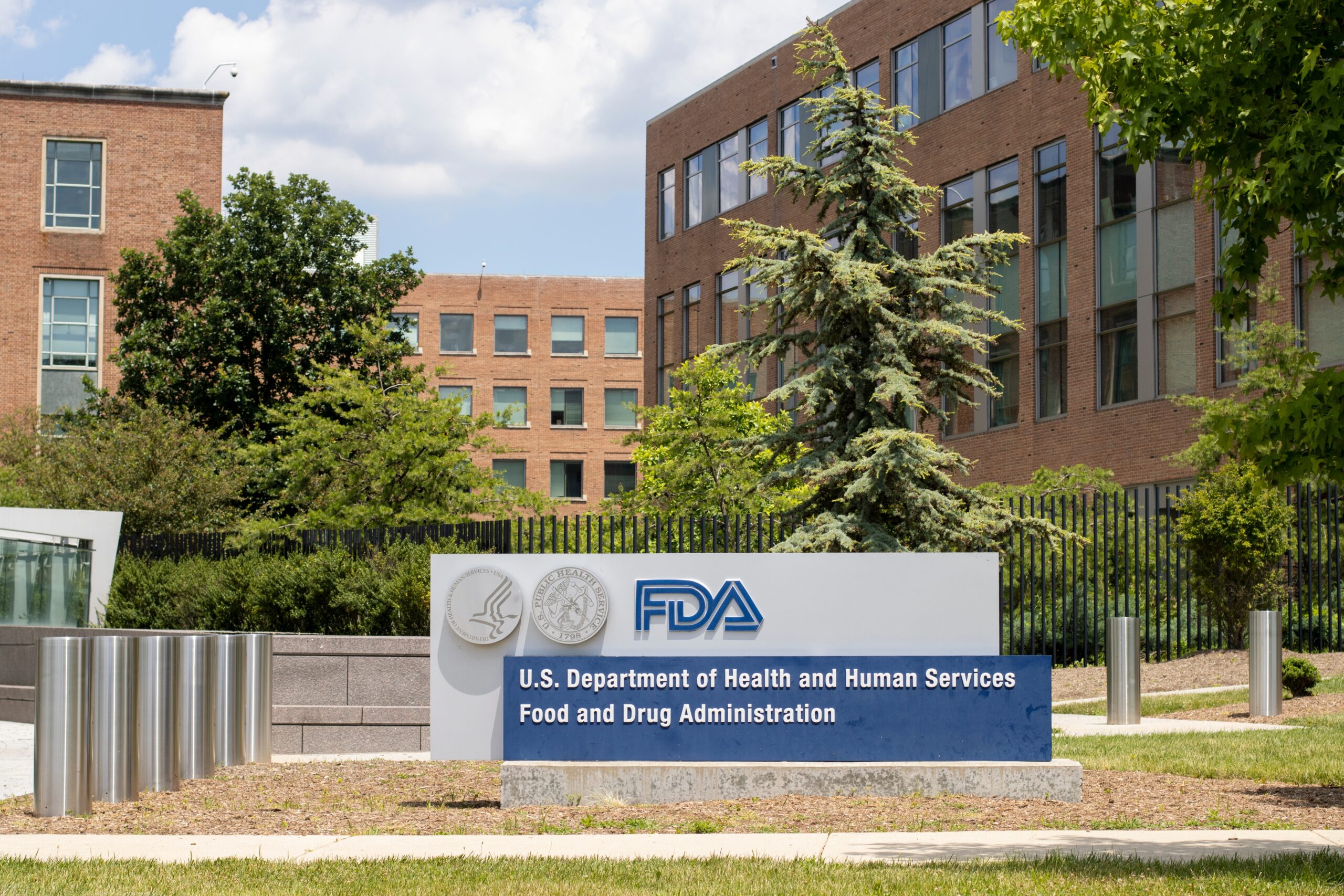Americans are waking up to find the FDA just approved a new plant-based blue dye for our food, and—if you’re wondering who asked for this, or why we keep experimenting with what goes into our kids’ bodies instead of fixing the real problems—join the club.
At a Glance
- The FDA has approved gardenia blue, a plant-based blue food coloring, for use in sports drinks, flavored waters, teas, and candy
- This is the fourth natural colorant greenlighted since April 2025 as part of the agency’s push to phase out petroleum-based dyes
- The move is pitched as a victory for children’s health and parental choice, but many see it as more regulatory busywork and distraction
- Food manufacturers are encouraged, but not required, to switch—raising questions about real impact and industry compliance
FDA’s Gardenia Blue Approval: Another Solution Looking for a Problem?
On July 14, 2025, the FDA announced its approval of gardenia blue—a plant-based colorant made from the fruit of Gardenia jasminoides—as a new food dye in everything from sports drinks to candies. This comes after months of pressure from federal health officials and advocacy groups to replace synthetic, petroleum-based dyes with so-called ‘natural’ alternatives. HHS Secretary Robert F. Kennedy Jr. and FDA Commissioner Dr. Marty Makary are touting this as a triumph for kids’ health and parental choice, claiming it will make American food safer and companies more responsible. But for many Americans, especially those who have watched government agencies fixate on non-problems while real issues—like border security, inflation, and government overreach—rage on, this feels like another classic case of misplaced priorities.
🚨 BREAKING: The FDA is now approving GARDENIA BLUE for use in American products as a *natural* food dye.
Artificial dyes are being removed en masse.
Natural alternatives are here.
MAHA is winning. pic.twitter.com/CnuUZvN9pI
— Eric Daugherty (@EricLDaugh) July 14, 2025
The FDA’s move is part of a broader campaign that started in April 2025, when the agency worked with the food industry to “encourage” (not require) the phase-out of petroleum-based artificial dyes. Since then, about 40% of food producers have jumped on board, eager to tout their “natural” credentials. The FDA’s voluntary approach means there’s no hard mandate—just a lot of back-patting and press releases for incremental change. The latest approval of gardenia blue brings the tally to four new natural colorants greenlit in as many months, signaling just how focused the agency is on optics over substance.
JUST IN: RFK Jr. Announces New FDA Approved Plant-Based Blue Dye
Industry, Parents, and the American Consumer: Who Really Benefits?
Food manufacturers now have another FDA-approved, plant-based blue dye they can use to reformulate products. Theoretically, this gives parents more “natural” choices for their children and supposedly reduces kids’ exposure to chemicals that some studies have flagged as risks. But let’s be honest: the voluntary nature of this campaign means it’s up to food companies to decide whether to switch. There’s no guarantee parents will see immediate changes on store shelves, and the FDA’s own statements admit that manufacturers are simply “encouraged” to adopt natural dyes, not required.
For families who are actually concerned about what’s in their food, this approval changes very little in practice. The more cynical among us might see this as another example of government agencies chasing headlines instead of enacting real reforms that would protect American families. Meanwhile, the FDA is still reviewing whether gardenia blue should be exempt from soy allergen labeling requirements, since the production process uses soy but supposedly leaves no trace in the final product. If that doesn’t sound like another bureaucratic headache waiting to happen, I don’t know what does.
The Broader Picture: Real Health, Real Priorities, and American Values
The FDA’s approval of gardenia blue is pitched as a public health win, especially for children, but it’s hard to ignore the larger context. Over the past year, the agency has been on a tear to revoke synthetic dyes (like red dye 3) and fast-track “natural” alternatives. All this while Americans face soaring prices at the grocery store, an unprecedented border crisis, and the fallout from years of government overreach and inflation. The FDA claims it’s responding to consumer demand and science, but for many, this feels like more regulatory theater—a distraction from the real threats to American families and values.








